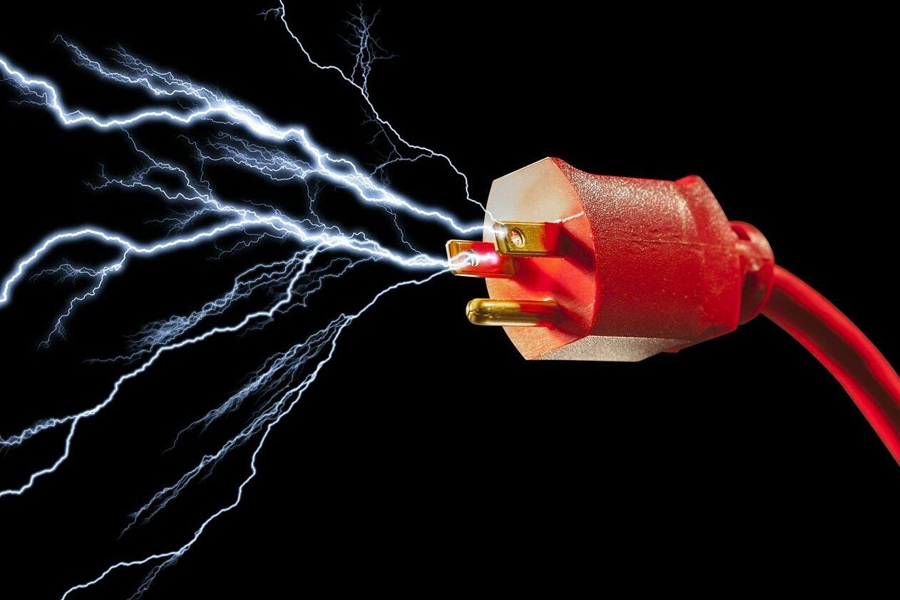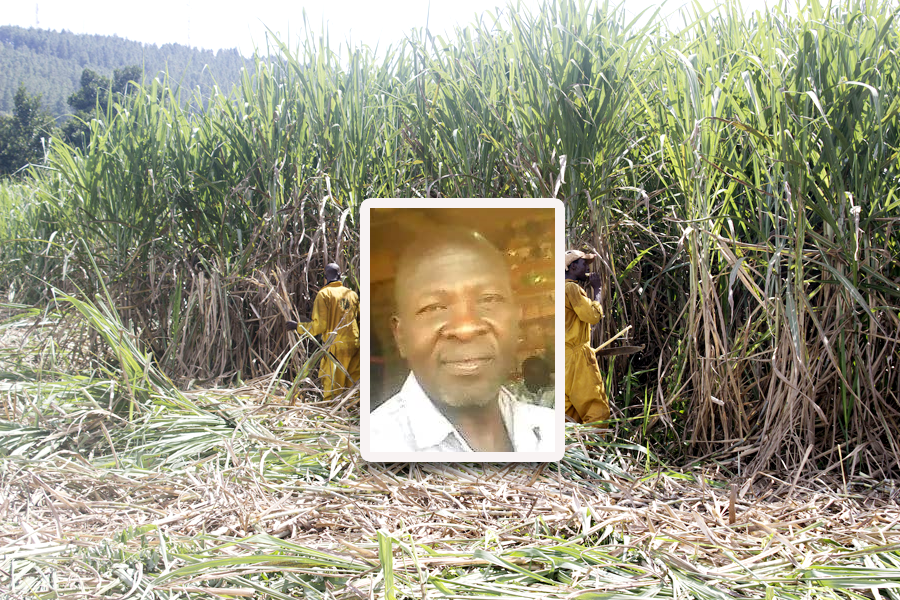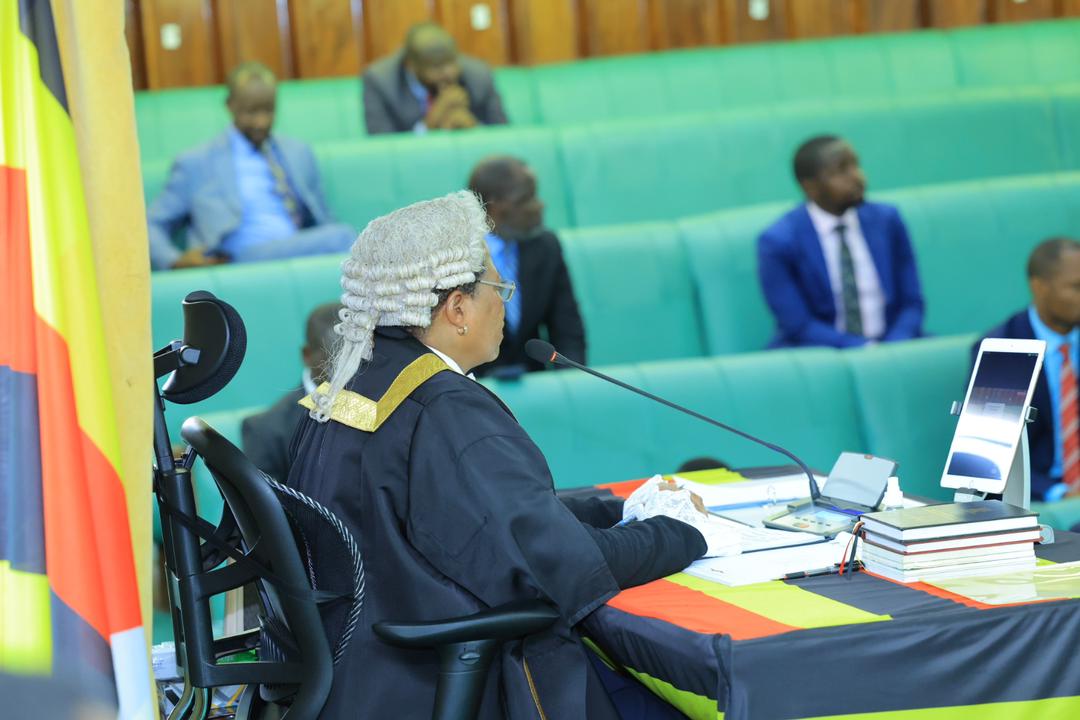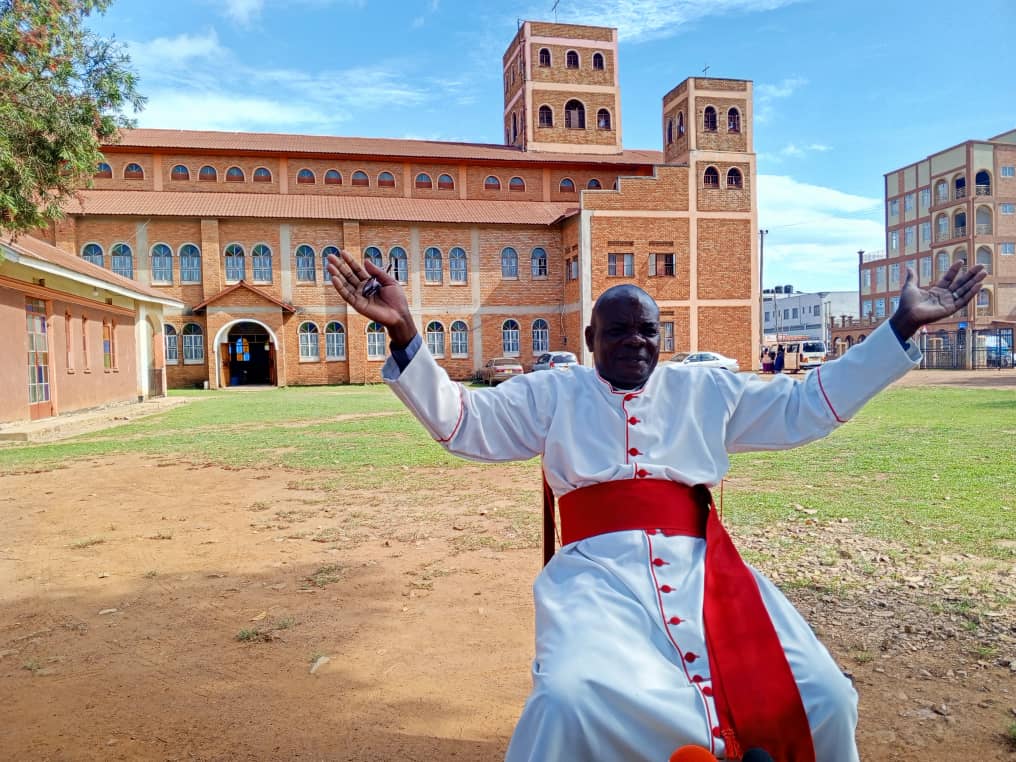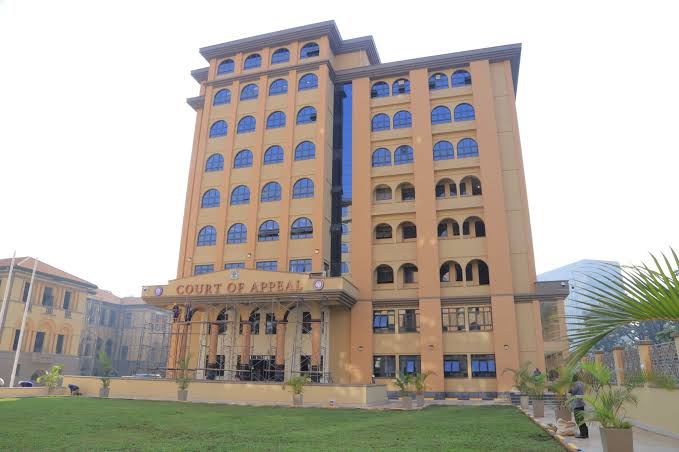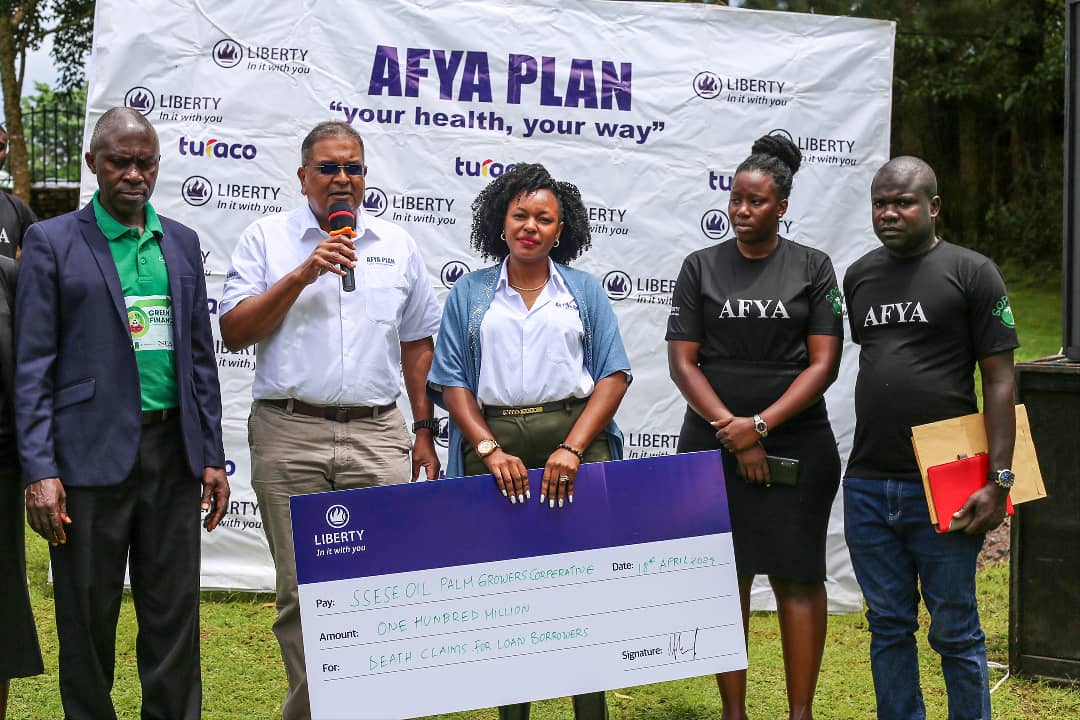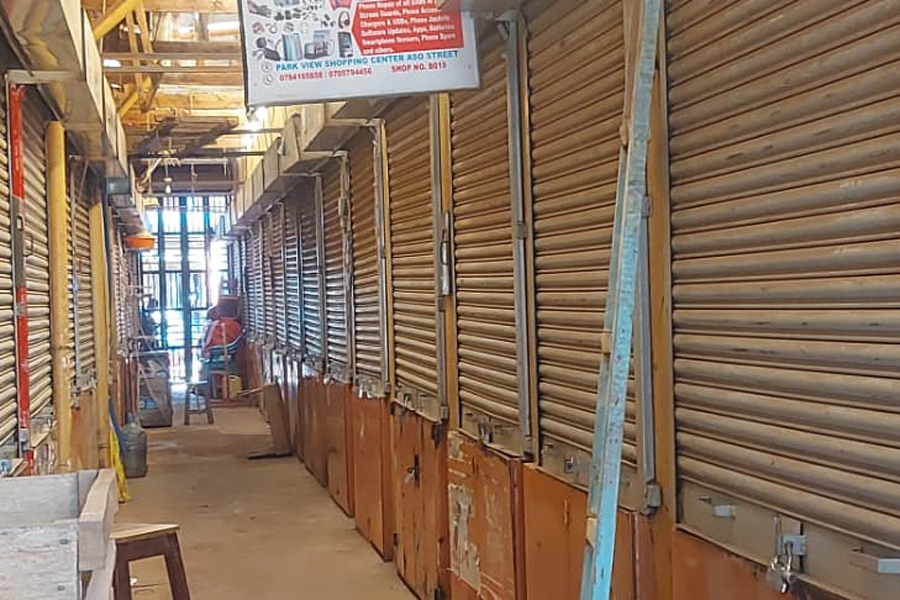Electricity brightens sleepy West Nile townships
Its supply may be erratic but electricity from Nyagak mini dam is brightening life and business in many parts of West Nile.
West Nile, comprising nine districts, is the only region of Uganda not fully connected to the national grid.
Save for the districts of Moyo and Adjumani which are connected via Gulu, the rest - Yumbe, Koboko, Maracha, Arua, Nebbi, Zombo and Pakwach rely on Nyagak dam.
The 3.5-megawatt dam near Paidha town and its distribution channels are run by concessionaire West Nile Rural Electricity Company (Wenreco), an Aga Khan company.
It graduated from running generators to the dam and now supplies most major towns and growth centres.
The erratic power supply, high tariffs, limited distribution channels and fervent bashing by consumers, there is also evidence that electricity is transforming lives and businesses in the region.
Towns, townships and villages, along the distribution channels, which appeared to stand still in time, have sprung to life.
When there is power supply, loud music could be heard blaring from music shops, retail shops, eateries, guesthouses, video and disco halls, salons and even homes.
Other power-driven businesses that are gaining traction include stationery shops offering typesetting, printing, lamination, binding and photocopy services, sale of cold drinks, popcorn making, yoghurt making, poultry rearing and feeds production, welding, petrol stations, among others.
Alfred Omirambe, who runs a computer shop in Congaloya, a hitherto non-descript fish landing site in Pakwach Sub-county, Pakwach District, said power supply has made the "rare" business possible.
Omirambe said although the uptake of computer services is still small, at least locals do not need to travel to Pakwach or Nebbi for simple computer services.
He augments his computer business with music pirating and sale of ice-cold drinks, ideal for a very humid area.
The small township, with a weekly market, is also seeing a "boom" in new buildings and electricity-powered businesses.
While cottage industries are slowly but surely picking up, big ones are also coming up, like factories for mineral water, biscuits, soap, wines, big scale stone crushing, to mention but a few.
From a few connections initially, many homes and businesses are getting connected to electricity.
The growth centres are seeing many buildings pop up, and increase in population, especially of young people.
For once many West Nile elite, on the ground, in other parts of Uganda and in the diaspora are talking about and actually investing back home, in things like hotels, commercial buildings, schools, farming, and rentals among others.
Shaban Ofoy, the Chairman of Panyimur Sub-county, also in Pakwach District, said the most significant impact of electricity has been on households and small businesses, noting that a lot of transformation is taking place at those levels.
Ofoy, a postgraduate, said the locals, especially the business community and the elite, need to start appreciating and utilising electricity for more productive purposes, citing fish processing and agro-processing as key areas to harness.
According to Ofoy, if well utilized, electricity will transform the region in ways never imagined, adding that the flipside would be doing nothing to exploit the power.
Already Nyagak 1 has become too small to power the region, with government kick-starting construction of a 5-megawatt Nyagak 3, downstream.
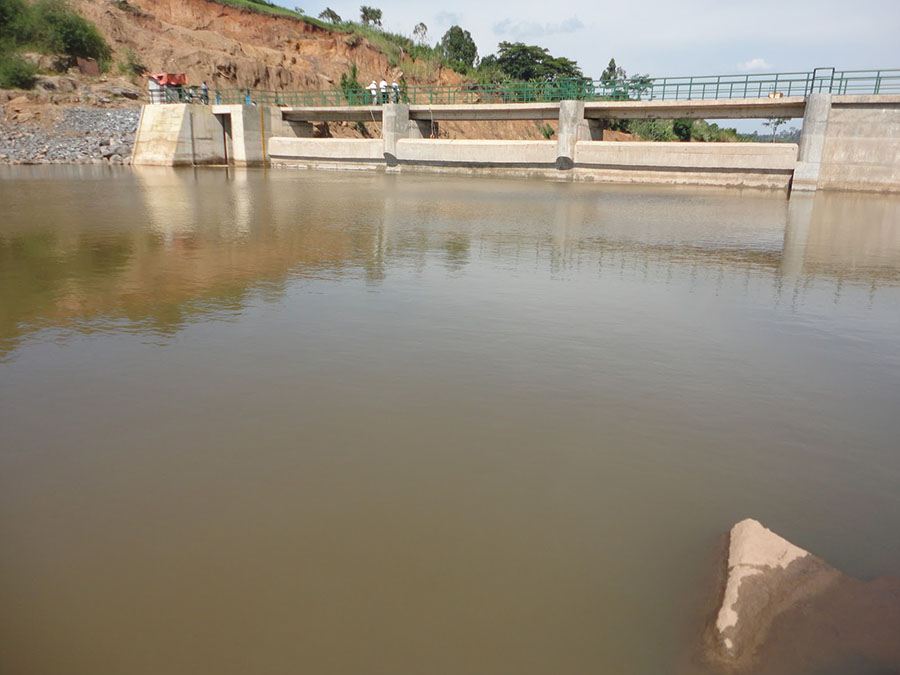 Nyagak 1 power station which supplies West Nile with electricity
Nyagak 1 power station which supplies West Nile with electricity
As a long term solution to West Nile power shortage, there is growing agitation for the region to get connected to the national power grid, especially with Isimba Dam coming on line this year, followed by Karuma Dam a year or two later.
Politicians like Bernard Atiku, the MP for Ayivu County in Arua District, argue that with the distribution line already in Pakwach, just 106 kilometres from Karuma, there is no justification for the region to continue being isolated.
Presently, Uganda has electricity surplus, and with government and power distributor Umeme scratching their heads on what to do with excess power, one wonders why a promising market like West Nile is not being factored in.
With Isimba Dam's 180 megawatts and Karuma's 600 megawatts, in addition to other smaller ones like Agago and Muzizi among others coming on line, West Nile will never be ignored.
Although Wenreco has a concession, its imminent expiry presents a great opportunity for West Nile's access to the national grid and the benefits of having reliable supply of clean power.
Meanwhile, thanks to abundant sunshine, solar power uptake is also growing steadily.
With the cost of solar equipment getting lower and lower, more homes, businesses and institutions are hooking up.




